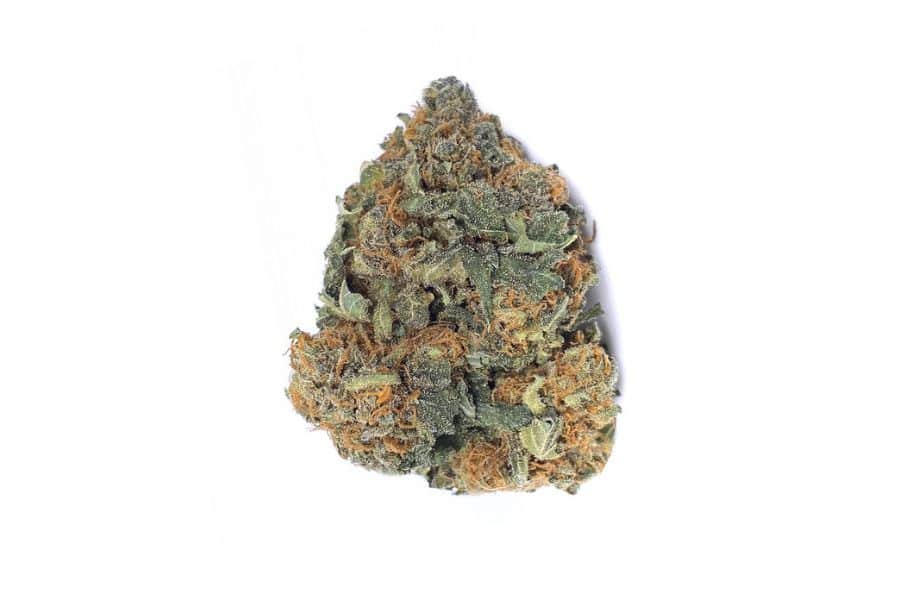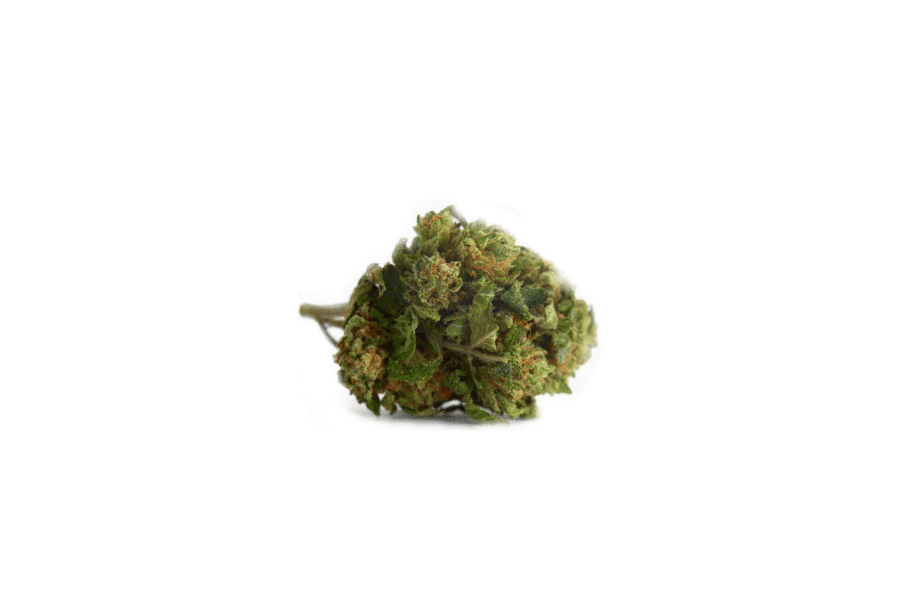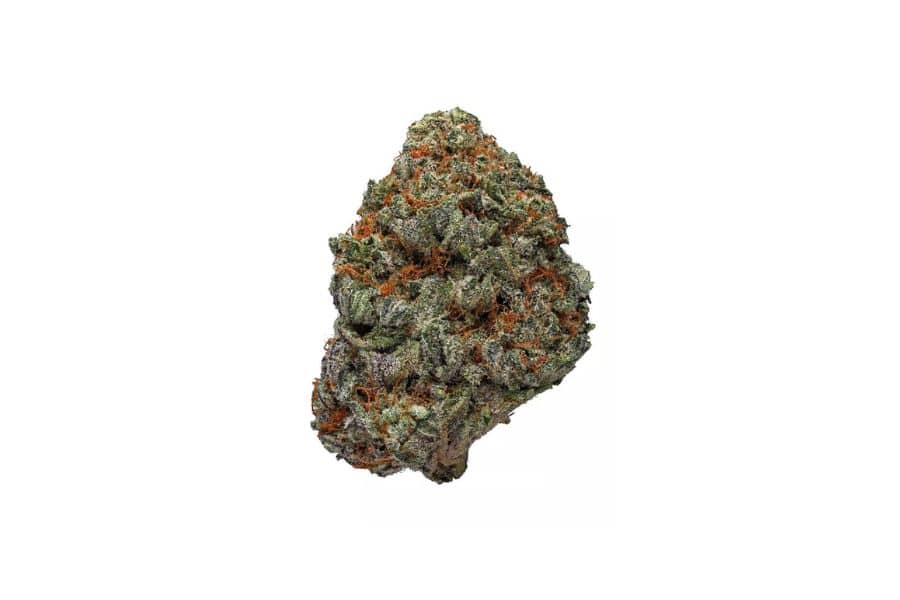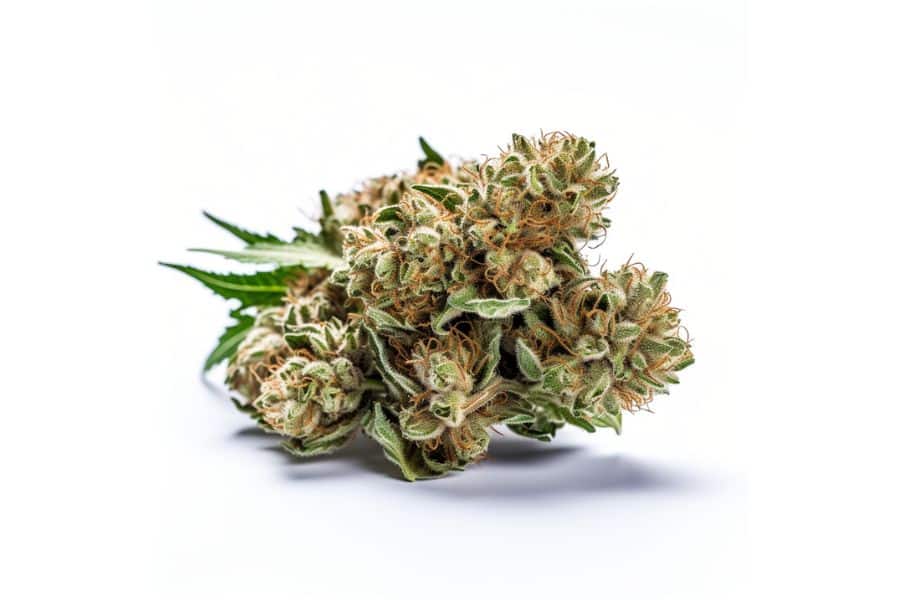Blue Cheese
Consuming marijuana can be addictive and responsible use is strongly encouraged. The content on this page is for information purposes only and does not comprise medicinal advice. If you are looking to supplement your health routine with cannabis, consult a doctor.
Quick info
CBD
1%
THC
18%
Effects & Usage
Benefits
Blue Cheese is a well-known hybrid strain with an indica-dominant profile and a THC content ranging from 15-20%. Its unmistakable aroma has earned it a worldwide reputation. Blueberry and UK Cheese, both potent indica strains, were crossed to create Blue Cheese, which inherited its strong scent from the parent strains.
This bud is prized for its ability to deliver long-lasting relief from pain, stress, and tension thanks to the deep sense of relaxation it induces.
Onset
Blue Cheese is known for its slow onset – it creeps up on you gradually, and you may need to wait a little bit to begin feeling its effects. However, once it hits, you can expect a rush of mental uplift and physical relaxation spreading throughout the body.
This bud is perfect to be smoked in the loving company of your dear friends, thanks to its uplifting effects, bolstered by limonene. But it will also be a great after-work companion – it can deeply mellow you out after a long, stressful day. All the tension and worries will retreat into the background while you enjoy a blissful mental chill and feel your body sink deeper into the couch. These potent relaxing effects of Blue Cheese are appreciated by both medicinal and recreational cannabis users alike.
If you enjoy this tranquillity, you may also want to try Purple Kush or Bubble Gum.
Uses
First and foremost, Blue Cheese shines as a treatment for physical ailments. With the help of relaxing and anti-inflammatory caryophyllene, it provides significant pain and stress relief. In addition, the sedative properties of the strain can help deal with insomnia. Furthermore, the mental uplift will be appreciated by people with depression and PTSD.
Side effects
The side effects associated with Blue Cheese consumption are relatively mild and mainly limited to dry mouth, itchy eyes and occasional dizziness. However, it is important to remember that high-THC flowers have the potential to induce paranoia and anxiety. In addition, since Blue Cheese has a slow onset, it can be easier to overconsume it. Keep that in mind and use it responsibly.
Taste & Smell
Blue Cheese is a wonder to all your senses. The dark green buds and leaves feature purple undertones and are covered with a thick layer of glistening trichomes – a sight that will immediately catch your eye.
The strain’s trademark is the unmistakable, pungent, sour aroma of blue cheese that earned it its name. However, you might be surprised to find that the flavour of the smoke is surprisingly sweet and not cheesy. The berry notes, also noticeable in the strain’s scent, take centre stage when defining the taste of the bud, alongside earthy and musky tones.
Blue Cheese is easily one of the most powerful-smelling cannabis varieties on the market. If you want to keep your consumption to yourself, you need to take many precautions, as it will be recognised from a mile away.
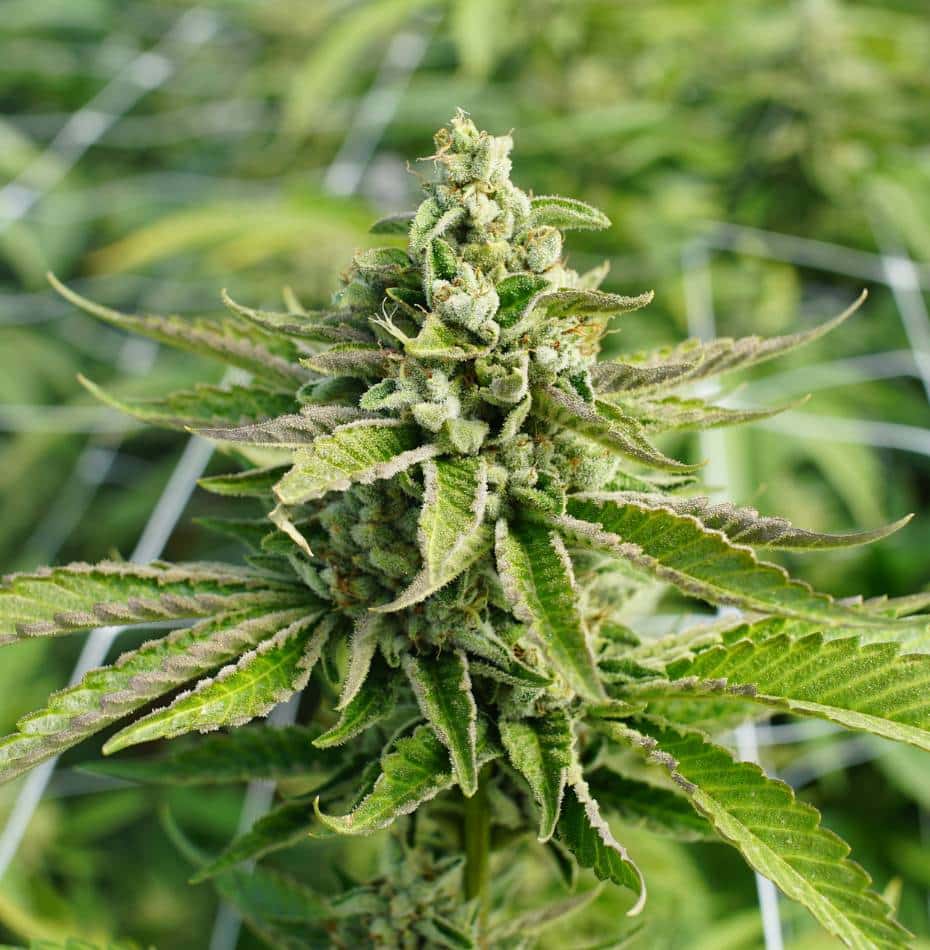
Origins
When Big Buddha Seeds decided to cross two aromatic indica-dominant legends in the early 2000s, they were trying to create an incredibly fragrant and delicious strain – and they surely achieved that goal. Blue cheese takes its berry notes from Blueberry, while UK Cheese is responsible for the dank, pungent cheesy smell, resulting in one of the most creative combinations on the market.
Growing conditions
Blue Cheese is a relatively easy strain to grow, with a high resistance to mould. It has a short flowering period of 7-9 weeks and yields a relatively high harvest of 450-500 grams per square metre indoors and around 500-550 grams per plant outdoors.
However, due to its high leaf-to-bud ratio, it requires frequent trimming and some extra attention. It also grows taller than most indicas and can reach up to 1.5m.
As a UK native, this strain thrives best in colder climates, so growing it outdoors in Thailand might not be ideal. Consider indoor cultivation if you are interested in this pungent plant.

